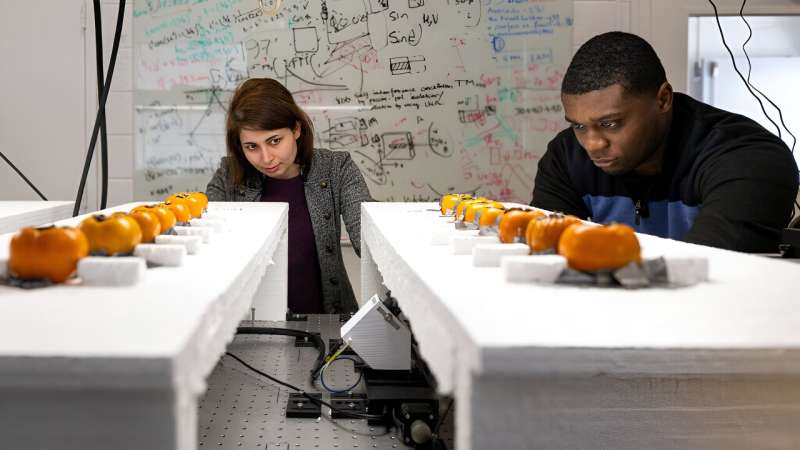There isn’t much that human beings cannot do, but at the same time, there is little we do better than improving at a consistent clip. This tendency to get better, under all possible circumstances, has brought the world some huge milestones, with technology emerging as quite a major member of the group. The reason why we hold technology in such a high regard is, by and large, predicated upon its skill-set, which guided us towards a reality that nobody could have ever imagined otherwise. Nevertheless, if we look beyond the surface for one hot second, it will become abundantly clear how the whole runner was also very much inspired from the way we applied those skills across a real world environment. The latter component, in fact, did a lot to give the creation a spectrum-wide presence, and as a result, initiated a full-blown tech revolution. Of course, the next thing this revolution did was to scale up the human experience through some outright unique avenues, but even after achieving a feat so notable, technology will somehow continue to bring forth the right goods. The same has turned more and more evident in recent times, and assuming one new discovery ends up with the desired impact, it will only put that trend on a higher pedestal moving forward.
The researching teams at Princeton University and Microsoft Research have successfully developed a fast and accurate way to determine fruit quality. According to certain reports, the technology banks upon wireless signals in the sub-terahertz band to deliver on its value proposition. On a more practical note, when a sub-terahertz pulse impinges on a piece of fruit, its rays go more than skin deep. Now, while some of these frequencies get absorbed, others get reflected back. Notably enough, a lot of frequencies do a little of both with varying intensity. Anyway, the reflection created by such a mechanism creates its own signal across a range of frequencies, and that signal has a detailed and specific shape, something we can loosely translate to a signature. In the context of this development, the researchers would model the physics of these interactions, backing it up with substantial data, to ensure we can see through the stated signature and gain a clear idea about the fruit’s ripeness status.
“There is no systematic way of determining the ripeness status of fruits and vegetables,” said Yasaman Ghasempour, assistant professor of electrical and computer engineering at Princeton University and one of the study’s principal investigators. “It is mostly random visual inspection, where you check one fruit out of the box on distribution lines and estimate its quality through physical contact or color change.”
The importance connected to a technology of this sort crystallizes itself once you consider how, as per Environmental Protection Agency, nearly one-third of all food produced in the United States gets tossed each year due to inedible quality. On a global scale, the estimations suggest that literally half of all fruits and vegetables go to waste for the same reason. Mind you, it’s not say we don’t already have technological tools at our disposal that can judge the quality of these fruits and vegetables, but given the little headway made around them, they remain too broad, time-consuming, and expensive to get implemented at a larger scale.
In order to test their latest brainchild, the researchers pitted the technology against fruits bearing a softer skin, including persimmons, avocados, and apples. This was because soft skin fruits are easiest to measure, and going by the available details, the results were encouraging. However, the wider belief is that, with enough data, the device can be applied to other fruit and vegetable types as well. Beyond that, the team also has a vision where they will just use different kinds of physiological markers to make the technology cover other foods such as meats, beverages, and more.
“When we look at the global challenges around food security, nutrition and environmental sustainability, the issue of food waste plays a major role,” said Ranveer Chandra, the Managing Director of Research for Industry and CTO of Agri-Food at Microsoft. He said the amount of food wasted each year could feed more than a billion people. And that food waste accounts for nearly 6% of the world’s greenhouse gas emissions. “If we could reduce food waste, it would help feed the population, reduce malnutrition, and help mitigate the impact of climate change,”
Although new high-frequency bands like terahertz and sub-terahertz signals come decked up with an unending amount of potential use cases, the researchers behind this food ripeness detector can claim to be the first ones to apply the technology for smart food sensing.

















